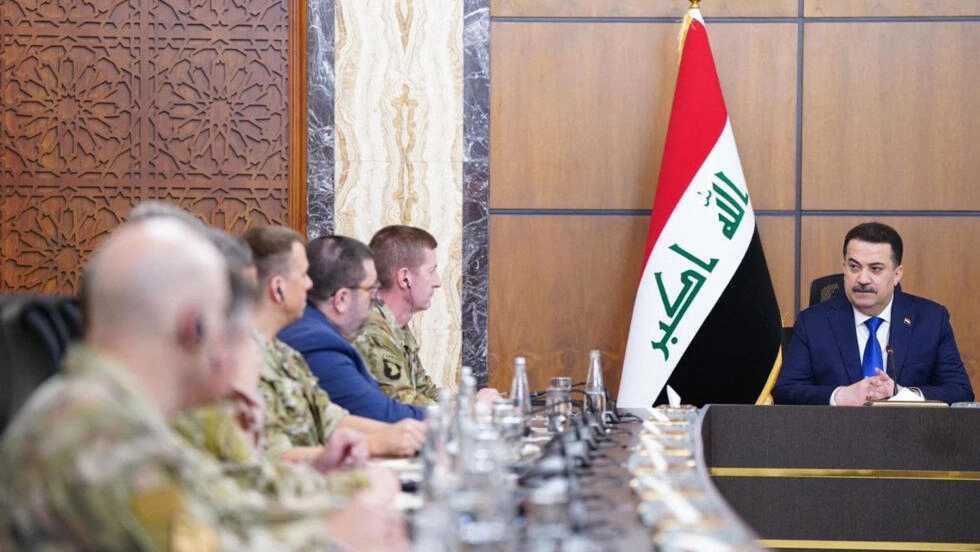
This article is more than
10 year oldstronghold to inside the city limits for the first time, a force commander says.
Reuters reports they made the gain as the offensive to recapture Mosul — the largest military operation in Iraq since the US-led invasion that toppled Saddam Hussein in 2003 — entered its third week.
It had been expected the Counter-Terrorism Service would halt its advance until troops and allied fighters on other frontlines also reached the outskirts of Mosul.
Commanders had warned earlier that the battle for the city, the hardline militants’ de facto capital in Iraq, could take weeks and possibly months.
Troops of the Iraqi army’s CTS moved forward on Gogjali, an industrial zone on the eastern outskirts, on Monday after two weeks of fighting to clear surrounding areas of the insurgents. They then reached Karama district, their first advance into the city itself, an officer said.
“They have entered Mosul,” he told Reuters. “They are fighting now in Hay (district) al-Karama.”
A Reuters correspondent in the village of Bazwaia saw plumes of smoke rising from a built-up area a few kilometres away, which a commander said was the result of the clashes in Karama.
“The soldiers of the Counterterrorism Force are advancing very fast. I wouldn’t say a matter of days but matter of hours before advancing and (to) start cleansing the city of Mosul from terrorism,” General Talib Shegati said in an interview with state-run Iraqiya TV, CNN reported.

The fighting ahead is likely to be more difficult as civilians still live there, unlike most villages taken so far by the Iraqi forces which were emptied of their Christian population.
Islamic State singled out religious minorities in northern Iraq, including Christians and Yazidis, for killing and eviction after leader Abu Bakr al-Baghdadi declared a caliphate in 2014 over territory they captured there and in neighbouring Syria. Their seizure of Mosul and surrounding towns effectively drove Christians from the area for the first time in two millennia.


The recapture of Mosul would mark the militants’ effective defeat in the Iraqi half of the territory they had seized.
It is still home to 1.5 million residents, making it four of five times bigger than any other city they controlled in both Iraq and Syria.
“The battle of Mosul will not be a picnic,” Hadi al-Amiri, leader of the Badr Organisation, the largest Shi’ite militia fighting with Iraqi government forces, said from the southern frontline. “We are prepared for the battle of Mosul even if it lasts for months.”

Pro-Iranian Iraqi Shi’ite militias joined the fighting over the weekend, aiming to cut the route between Mosul and Raqqa, Islamic State’s main stronghold in Syria.
They have also set oil wells on fire to cover their movements and displaced thousands of civilians from villages toward Mosul, using them as “human shields”, UN officials and villagers have said.

Since the offensive began on October 17, Iraqi forces moving toward the city have made uneven progress. Advances have been slower in the south, with government forces there still 35 kilometres from the city.
The US military estimates IS has 3000 to 5000 fighters inside Mosul and another 1500 to 2500 in the city’s outer defensive belt. The total number includes around 1000 foreign fighters.